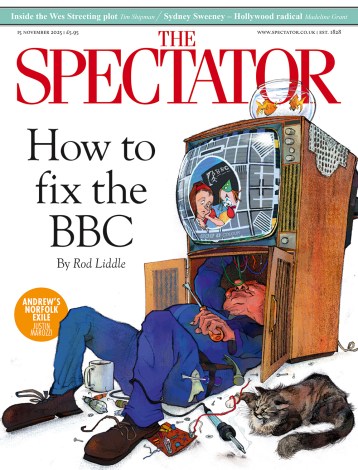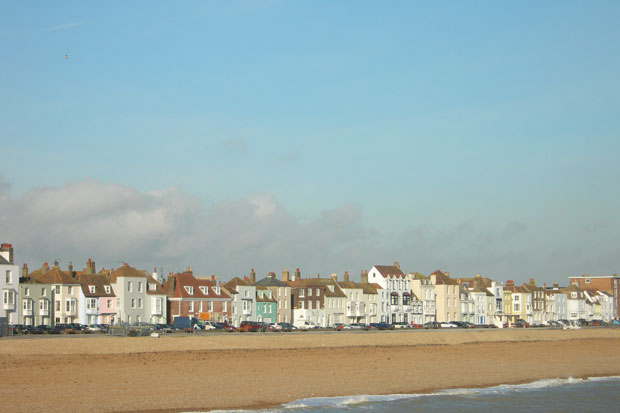However the sand got into Sandwich, it did Deal a big favour. As the Cinque Port’s harbour silted up from about 1500, the merchant ships out in the downs, protected by those hidden shallows from the Channel’s full fury, began to offload their cargo into small boats called hoys that came out from Deal. A new town was the result, expanding until about 1860, by which time bigger ships had forced trade away and the Royal Navy depot was closed. Although there was a flurry in the 1920s, when they started to mine coal at Betteshanger, nothing much has happened since, with the result that what is left is as if pickled.
The beach front, Middle Street and the High Street and the small streets and alleys that run between them are a kind of zoo of domestic architectural and decorative styles, with houses grand and not so grand from about 1600 onwards. It has great charm now, having survived somehow the twin 1960s terrors of property developers and planners.
The earlier prosperity brought its problems, though: drunkenness, theft, fighting and smuggling. In 1704 Daniel Defoe expressed the wish that ‘the barbarous hated name of Deal shou’d die, Or be a term of infamy; And till that’s done, the town will stand, A just reproach to all the land.’ But Deal proudly remains a town for naughty people, for people who do not want to be told how to behave or what to like. It is not posh — the novelist and chronicler of establishment misbehaviour Simon Raven was exiled here by his publisher as a punishment — but it maintains links with the capital’s haut bohème, with a handful of actors, writers, painters and even the odd pop star living here.
In the last few years, it has become somewhere you can eat — and drink — extremely well, in both traditional and modern places. This is nicely illustrated by two adjacent shops on the High Street: the third-generation fishmongers Jenkins & Son, where you can get rig (a dialect name for dogfish) and lobsters at opposite ends of the price range, with dabs, skate, brill and bass in between, all locally landed; and the Bakehouse, where the sexy and humorous owner sells her metropolitan-quality bread, cakes, tarts and pies on Fridays and Saturdays to residents and DFLs (stands for Down From London, a large genus).
Fancy a drink? The Ship in Middle Street is a big, brown old inn with a garden; it contrasts with the Just Reproach micropub on King Street, where for a couple of years the handsome and charming landlord has been selling really excellent beers from small breweries, mainly local ones. Both are patronised by all manner of people, locals and weekenders. The Deal old-timers are stout, cheerful, knowing, never to be underestimated; English, in short.
What’s more, there are two castles, a Time Ball Tower, and a maritime and local history museum, currently with a brilliant Great War trench reconstruction. It’s not on the way to anywhere; you might like it.






Comments